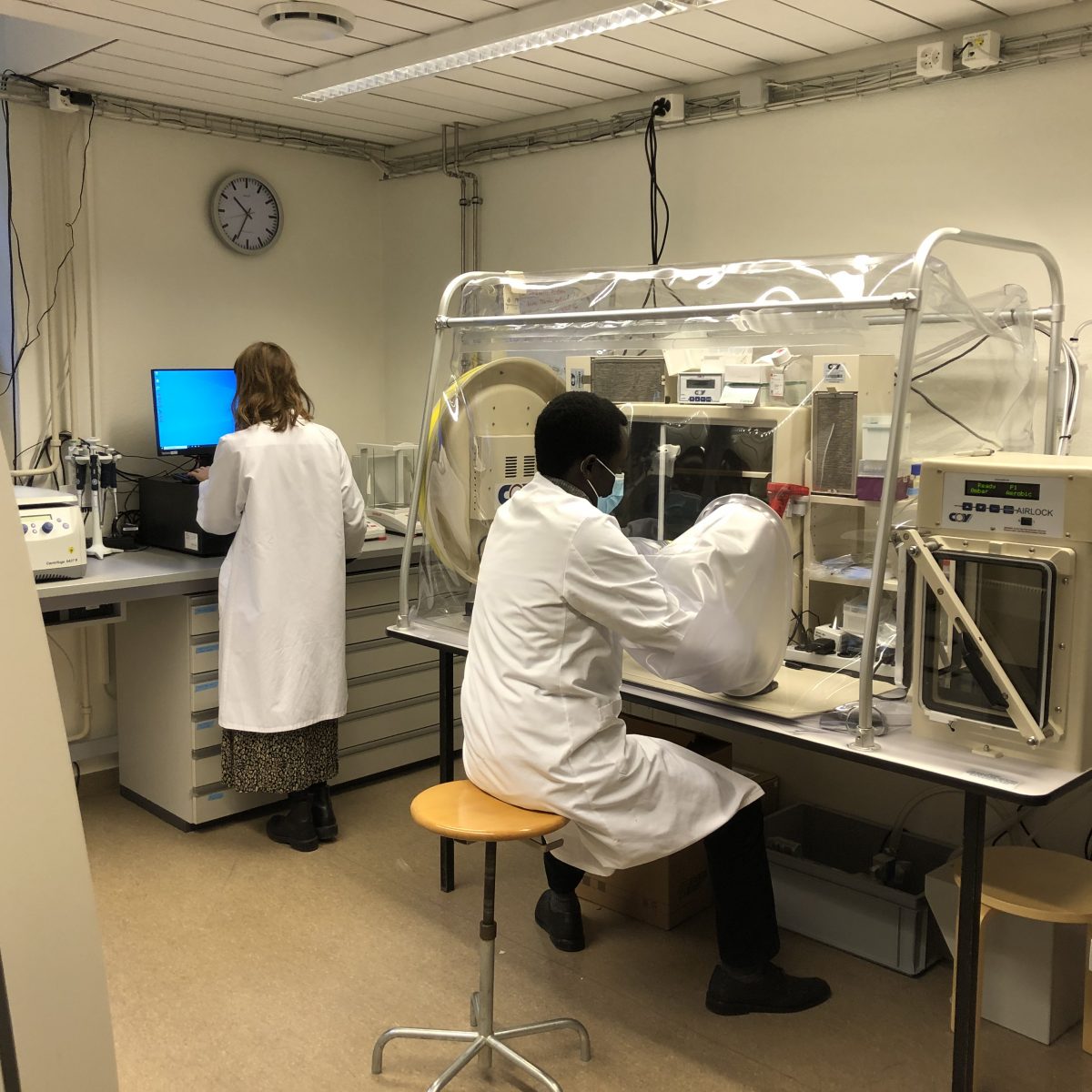A meta-analysis of more than 50.000 children living in Latin America, Asia and Africa showed more than a three-fold higher mortality in growth-delayed (stunted) compared to well-nourished children. Additionally, undernourished children suffer from cognitive impairments later in life. Nevertheless, we lack efficient treatment strategies to help chronically malnourished children, who exhibit stunted growth, regain normal growth. There is growing evidence that stunting is not only a result of poor diet but also that a small intestinal inflammatory syndrome, referred to as environmental enteropathy (EE), plays a major role. EE is characterized by an increase in the permeability of the small intestine and influx of immune cells into the gut epithelium, which leads to low-grade, chronic inflammation. It is also associated with a diminished digestive capacity, likely through decreased absorptive surface of the small intestine due to the chronic inflammation. Therefore, there is a clear need for more mechanistic and interventional studies to develop robust, cost-effective and efficient formulations to strengthen the existing nutritional rehabilitation schemes. These formulations should rebalance not only nutritional aspects of the disease but also address disturbances in the gut ecosystem.
Previous work from the Afribiota consortium in the Central African Republic and Madagascar revealed specific changes to the microbiota, which are conserved between both study sites. These results open the way to develop microbiota-targeted interventions to rebalance the microbiota and subsequently ameliorate the growth of undernourished children.
We are developing new tools to rapidly isolate and identify members of the human microbiota and screen, in collaboration with Dr. Lisa Maier’s group at the University of Tübingen, for compounds that hamper the growth of health-deteriorating and promote the growth of health-promoting bacterial strains. Further, we characterize the nature and pathophysiological potential of these bacterial strains in different in vitro and in vivo models.
We aim to use microbiota-modulating compounds in an integrated approach with the existing nutritional rehabilitation schemes to strengthen nutritional interventions and successfully prevent and treat childhood undernutrition in the poorest regions of this world.
Funding

